An initial step which is crucial for the success of the project, is to understand the current situation in the project area and where intervention is most needed. To gain this knowledge, a series of preparatory actions are taking place, which will provide a solid body of knowledge to inform the subsequent conservation actions. Below is a description of each of these actions.
A.1 Preparation of the administrative basis of the project
This action aims to prepare all the necessary administrative and legal documentation needed to carry out the project. It will last for the whole duration of the project, and includes processes such as selection of staff, purchase of equipment and consumable materials, subcontracting and other administrative and legal procedures that might appear in the course of the project.
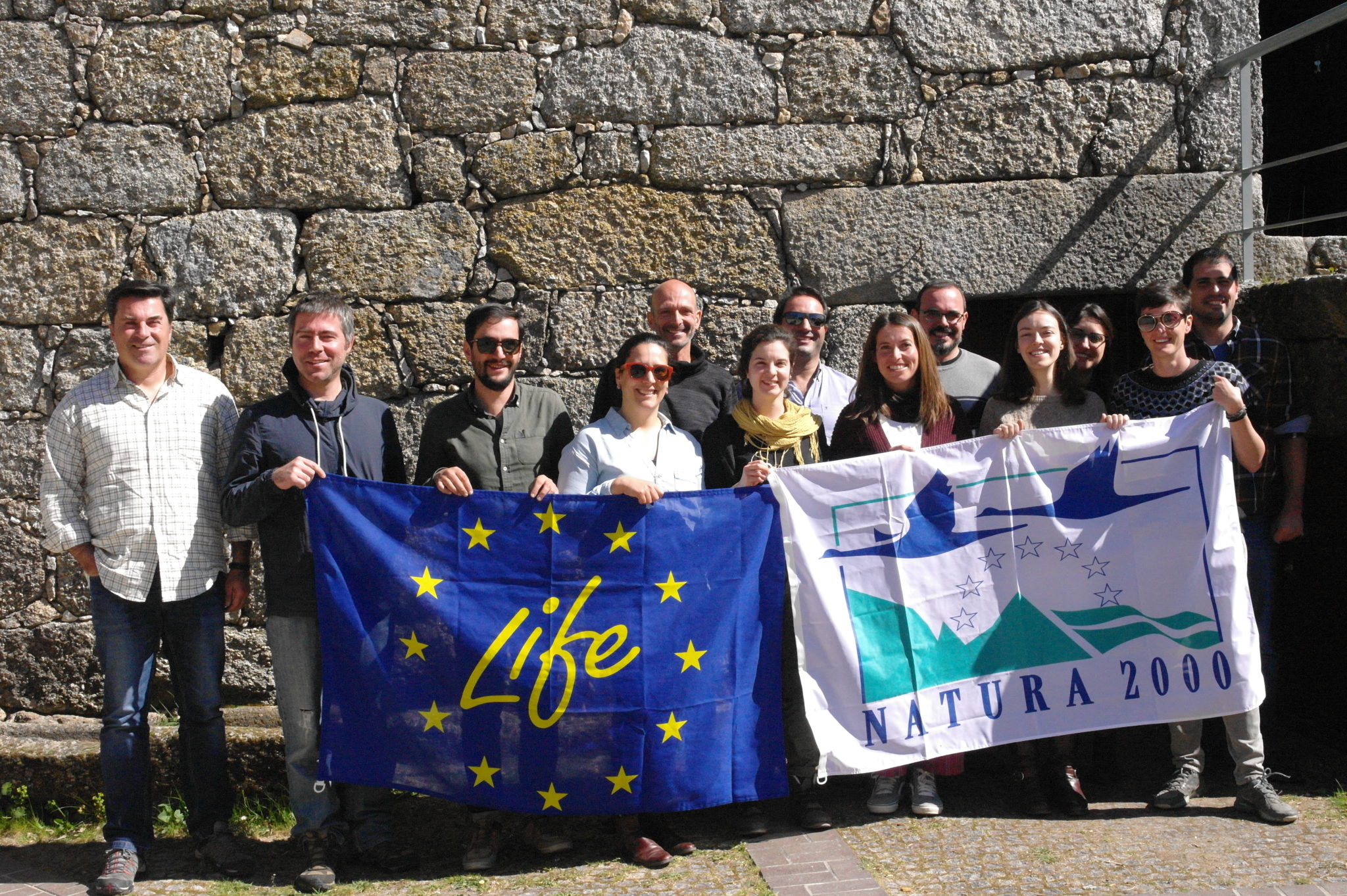
A.2 Kick-off meeting and training of project partners about common provisions and project management
The LIFE WolFlux Kick-off meeting took place on the 27th and 28th March 2019 at Rewilding Portugal’s headquarters in Guarda. Representatives of all the project partners met to discuss the following issues:
- Detailed time plan for the first year of the project;
- Agreement on specific methods and techniques to be applied during the activities;
- Discussion of potential problems, changes and delays and how to overcome or solve problems;
- In-depth briefing about the technical and administrative guidelines for the management of LIFE Projects.

A.3 Initial wolf monitoring and feeding ecology analysis in the project area
The current database of wolf genetic profiles south of the Douro river is not sufficient to assess the genetic flux in the whole subpopulation, and to identify where there are problems in connectivity between packs.
To address this knowledge gap, an initial Iberian wolf survey will take place throughout the study area in order to obtain target-species spatial data, individual genetic profiles, target-species trophic ecology data and survey data on rendez-vous sites.
Non-invasive samples will be obtained through camera traps, collection of scats, and saliva collected from the carcasses of livestock attacked by wolves in the project area. The scat and saliva samples will be analysed genetically by the University of Aveiro to determine the genetic flux between the different packs.
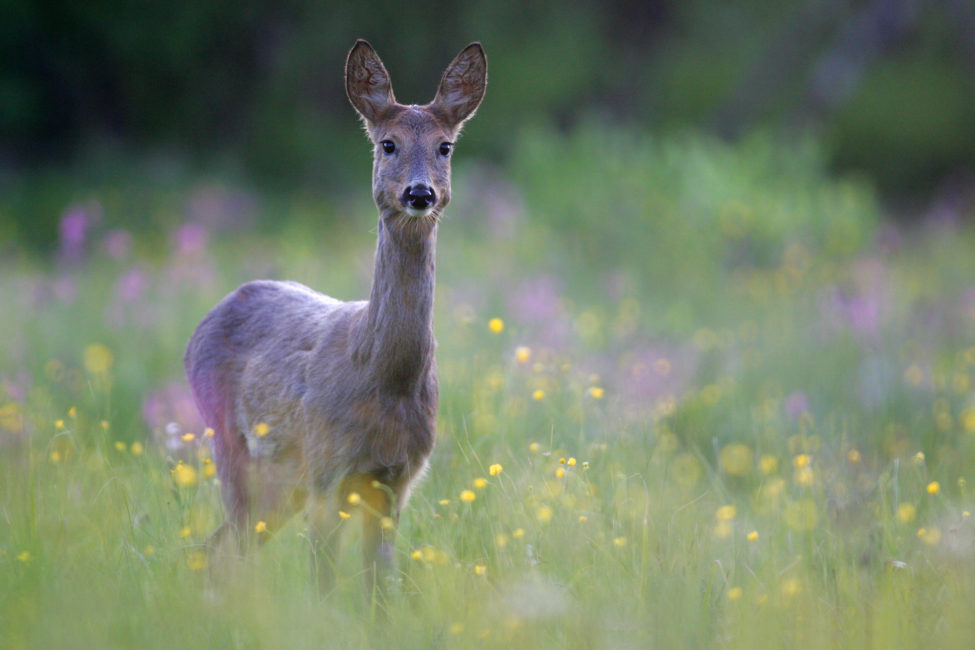
A.4 Preparatory actions for increasing wild prey availability for wolves
The project aims to strategically increase the population of roe deer, particularly in areas where it can play a role as a natural prey of wolf. Restocking of roe deer will have several possible impacts that need to be evaluated a priori based on a rigorous scientific component. The main goal is therefore to determine the actual population status of roe deer in the study area, by determining it current density, abundance and current distribution.
In addition, through this action the project team will also prepare all the necessary steps to implement habitat restoration measures and the roe deer restocking. Areas for reinforcement of roe deer will be selected within the Natura 2000 areas of Douro International, Vale do Côa and Malcata.
Locations will be selected based on the information provided by the wolf survey (Action A.3), the roe deer survey (Action A.6) and the human dimension study (Action A.7). This will guarantee that these areas are adequate in terms of habitat and that social constrains to restocking roe deer are absent or can be sufficiently reduced within the project duration.
Land custody agreements will be signed with land owners or hunting associations in these locations. Additional agreements will be signed in other areas within wolf range and where roe deer populations need to increase their distribution or density in order to be a representative prey for wolf. These agreements will allow the project team to carry out habitat restoration measures and obtain a commitment from landowners that restoration measures will be maintained in the long-term.
A.5 Creation of a management plan for wolf prey species south of the Douro River
Hunting management plans will be prepared for wolf prey species (roe deer, wild boar and red deer) in Portugal through a participatory process.
In order to ensure all stakeholders are included in this participatory process, hunting associations in core areas will be mapped, and participatory sessions will be organized. Other relevant stakeholder including the general public and private owners will also be involved in order to define the guidelines to be included in the management plans.
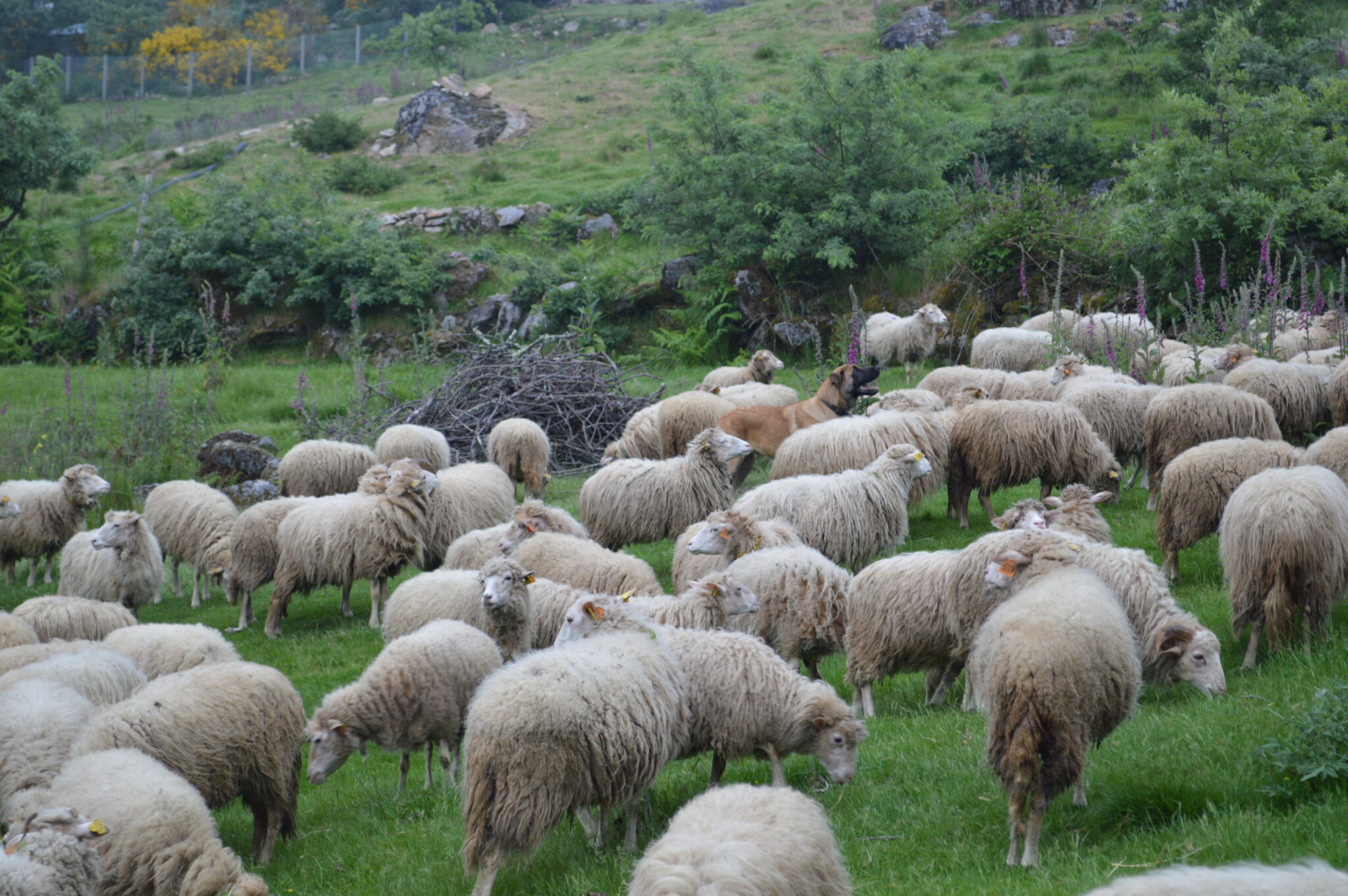
A.6 Preparatory actions for the implementation of damage preventive measures and best management practises
This action aims to identify the farmers and areas with higher impact of wolf attacks on domestic animals (hotspots) within the project area that are willing to collaborate with the project.
Specifically, this action will identify damage hotspots which will be classified as priority areas for implementing damage preventive measures; create a database of livestock owners, farmers and shepherds interested in getting involved with the project by implementing damage preventive measures; identify and make contact with shepherds that breed Serra de Estrela dogs native to the project area.
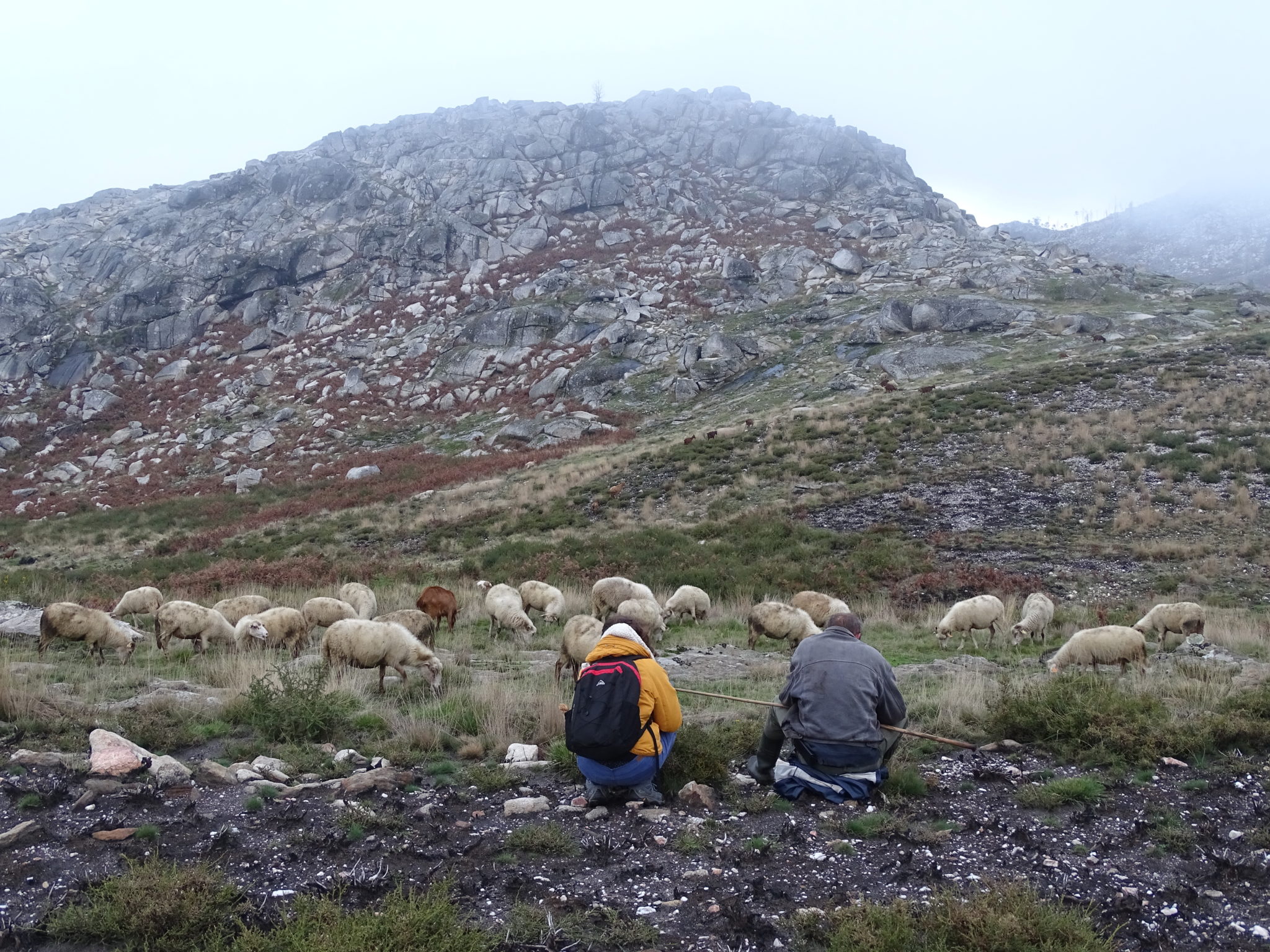
A.7 Human dimension study on attitudes and impact
Direct stakeholder involvement is vitally important to the positive outcome of implementing the projects in which we are involved. However, before engaging stakeholders, it is important to understand the key interest groups and their concerns, and it is thus necessary to evaluate the public attitude of the population.
Therefore, a stakeholder analysis is being conducted to identify target areas and target groups to minimize conflict between humans and wildlife in the project area. An anthropological approach is being followed and data collection consists of ethnographic interviews and observations of some activities. The goal is to conduct an independent consultation, focused on the opinions of residents of the project area, in particular of key actors on the ground such as mayors, landowners, environmental technicians and other stakeholders. This evaluation has the scientific guidance of external experts and the support of CRIA (Centre for Research in Anthropology).
The conclusions of this action will be used to map areas where negative attitudes can create a barrier that compromises population dynamics and wolf pack conservation.
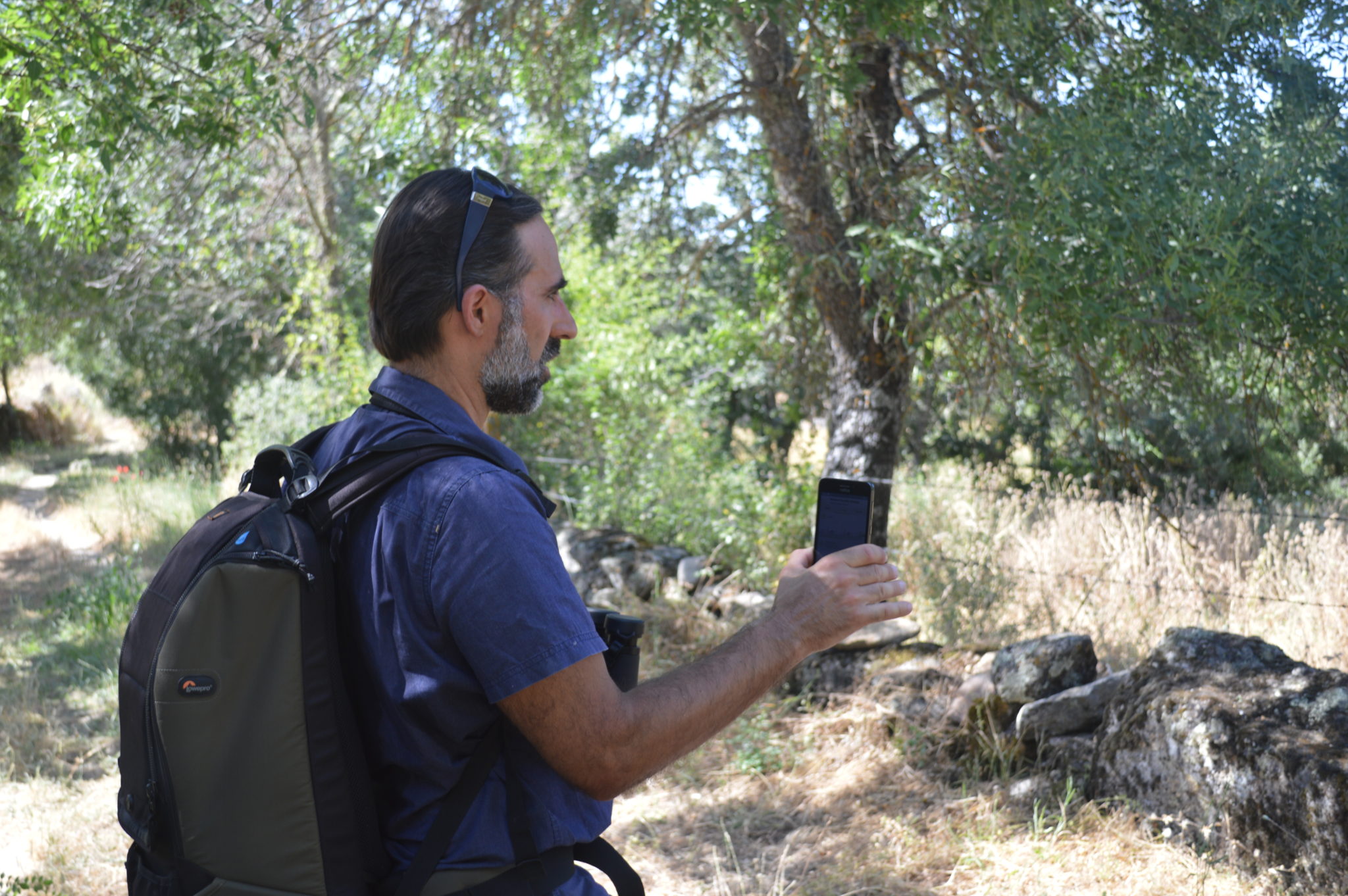
A.8 Business opportunity identification and planning
Business opportunities will be identified in the project area related to production of local agricultural products, tourism and others. These business opportunities should support wildlife conservation objectives and be commercially sustainable.
The business identification process will involve assessing the business prospects in the relevant focus areas south of the Douro river. The most promising businesses will be selected for business plan development support.
This will include technical support in writing business plans, Rewilding Europe Capital loans for expansion of operations, and support on marketing and sales. The ultimate goal is to promote nature-based enterprises creating a more sustainable economy and increasing employment, skills and income for local communities.
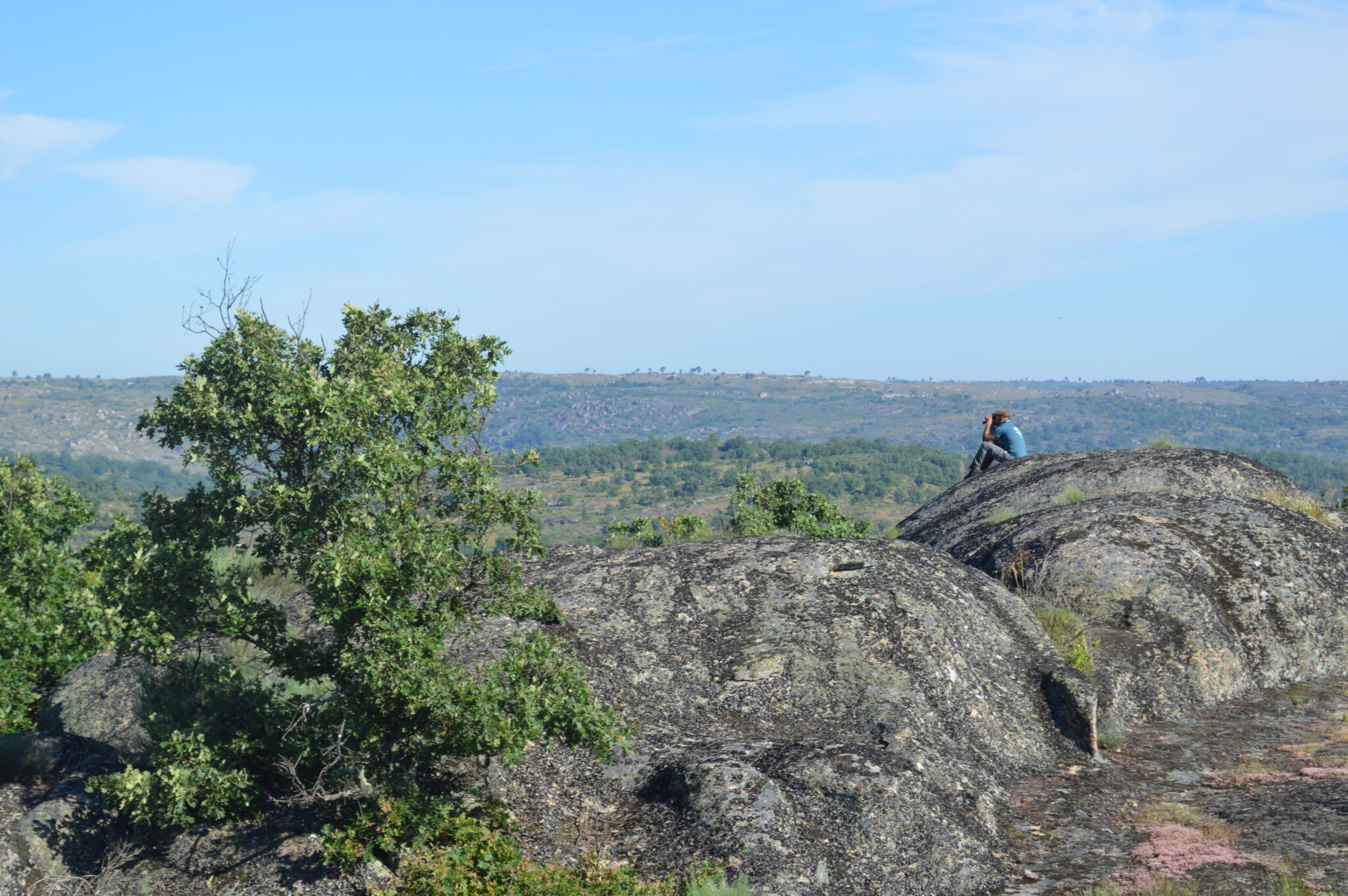
A.9 Mapping and databasing socio-ecological barriers to inform decision making of project actions
A map of the socio-ecological barriers to wolf connectivity south of the Douro river will be created, as well as a habitat suitability model, in order to inform several of the conservation actions in the project.
A centralized GIS platform will be created to gather information from the different actions of the project. Collecting, storing and managing the project’s GIS data will help keep track of the implementation and monitoring of actions making them easier to manage.
This will make it possible to define the areas of greater suitability for the species, the potential areas of wolf occurrence in the future, and which areas do not meet the necessary conditions for the species’ occurrence.